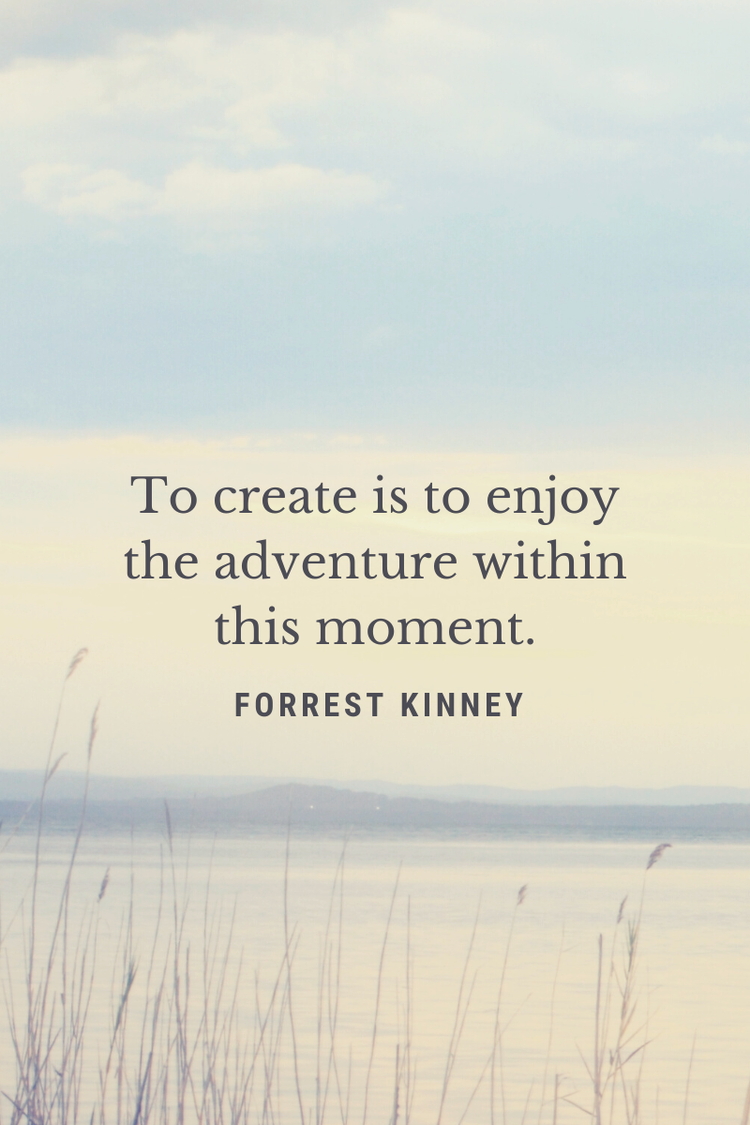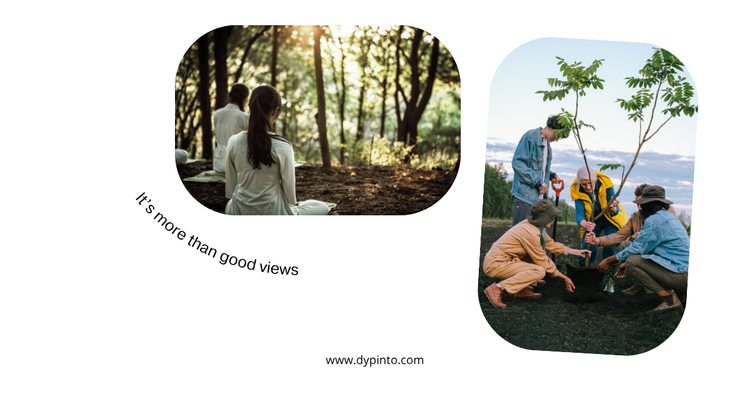The 4 Phases of Women's Energy: My Observations.

Women's cycles are not just about PMS and Menstruation. After years of personal observation, I can confirm that women experience four different energy changes during every cycle.
One of the most revealing gems of knowledge I've encountered in my life is the one about the wide dimension of a woman's cycle. I read about it for the first time in the book "Red Moon" (Luna Roja in Spanish) by Miranda Gray, and since then, I have been fascinated with the topic.
Although I don't like everything about this book, I value it because it introduced me to something I'd never heard before: the changes in energy throughout the full menstrual cycle.
According to Gray, we've been conditioned to think about Menstruation and premenstrual syndrome as something negative, an inevitable part of being a woman that we would like to avoid, if possible. However, it is said that this is not how women perceived their cycle in ancient times. There was a time when women understood the great power of their energy.
What if we could better understand this energy and channel it to better purposes? The book Red Moon addresses all these secrets with a very magical aura.
The theory says women have 4 phases between every Menstruation. Every phase has its characteristics in energy and behaviour, and occurs cyclically.
The four phases of women's energy cycle (in archetypes)
The Maiden.
(Follicular phase) It happens just after the menstrual days finish. This is the most energetic phase. Generally speaking, one wants to go outdoors, try new things, do sports and act more impulsively.
The Mother.
(Ovulatory phase) During this phase, our energy is full of empathy, love and care for others. There is also more wisdom, compassion, responsibility and inner strength.
The Enchantress.
(Luteal phase) This is a complex phase that, when not understood, can lead to moodiness and chaotic feelings. It can also be very creative, magnetic and intuitive. It's a good time for cathartic activities, cleansing processes, and self-care practices.
The Crone.
(Menstrual phase) It's the easiest to track because of its clear physical signs. The physical energy levels are at their lowest; however, there's also an increasing intuitive power that can be aligned with meditative practices.
My tracking system
Although I got very excited when I first read the information about this topic, I didn't want to just believe what I read.
The topic brought me a lot of curiosity, but also a little bit of skepticism. So, as the book suggests, I started tracking and observing my energy throughout every cycle.
I observed and annotated. One cycle at a time.
It was 2020, I had a lot of free time, so I mapped my cycles in circular and complex diagrams, and then in a cyclical journal system I kind of invented for myself.
I tracked my cycle for approximately one year, but not in the way I was taught to in school and by ginecologists (just annotating the day of Day 1 of menstruation and some physical signs), but including all sorts of details such as kinds of thoughts, nightmares, social interaction, preferred activities/places/people to be around with, the moon phase, recurring questions about whether I should continue with something, creativity boosts, and other elements.
The process itself was as powerful as journaling. Eventually, I felt more connected with myself and started trusting more in my intuition.
I continued tracking details until there was a point where there was no more space left in my tracking system. Then I read the whole process and concluded that I couldn't fool myself anymore with skepticism.
This thing was real: there was a pattern, a clear cycle that repeated over and over. Sometimes, details didn't exactly match, but they were very close together, to the point that they could be easily grouped into phases.
Some of my notes:
During the Maiden phase, my handwriting was neat and small, I tried new activities like cooking new recipes, got very disciplined with language learning and music practice, and I usually went outdoors.
In the Mother phase, I connected more with others, especially with friends, and my productivity towards introvert projects like writing dropped; I even annotated the least in my tracking system during this phase. My handwriting seems "standard".
Throughout the Enchantress phase, I had recurring urges to change things in my life, daydreamed a lot, burned old diaries, felt intense emotions, had more nightmares, and became more connected with my body. My handwriting was chaotic.
Lastly, during the Crone phase, my energy dropped to the lowest, my handwriting was lazy; I felt very intuitive and inner-centred, and when left alone, very tranquil.
The benefits of knowing the 4 phases of women's cycles.
Once I confirmed the theory with consistent personal observation, I proceeded with what to do with this little gem of knowledge.
I started identifying the phases without the need for any tracking system, I could just observe myself going through each phase.
That removed a lot of unnecessary guilty feelings for "unproductive" times and allowed me to channel my energy into adequate activities.
It also released my guiltiness for not being focused in just one freaking thing all the time, and opened a very healthy space to explore life in its rich variety, experimenting a wider scope of activities. I now embrace multipotentiality much more naturally and peacefully.
Eventually, I started experimenting with choosing different activities and planning according to my energy. This has helped me channel my creative energy across all stages.
An invitation to track your cycles.
Although I don't like every aspect written in the book Red Moon, I believe there is a lot of power in understanding ourselves, journaling and sharing our experiences with other women.
If this info resonates with you, I highly recommend you start observing and tracking your cycles.
You don't need to do anything complicated like I did. You can start by briefly annotating what you did every day during a complete cycle (between two menstrual periods). That will give you an initial insight.
Further, it will get interesting if you continue journaling for various cycles, then compare the cycles and draw your own conclusions.
I really recommend physically writing on paper because our strokes express a lot, and it is easier to detect a visual pattern.
If you like journaling, maybe you'll find this process a lot of fun and a very introspective practice, as I did.
Join the conversation
¿Do you know any other books related to this topic? I'm super interested to know!
Thank you very much for reading!
Author of this post: D. Y. Pinto. All rights reserved.
Last Update: 8 July 2025 (typo correction).





Member discussion